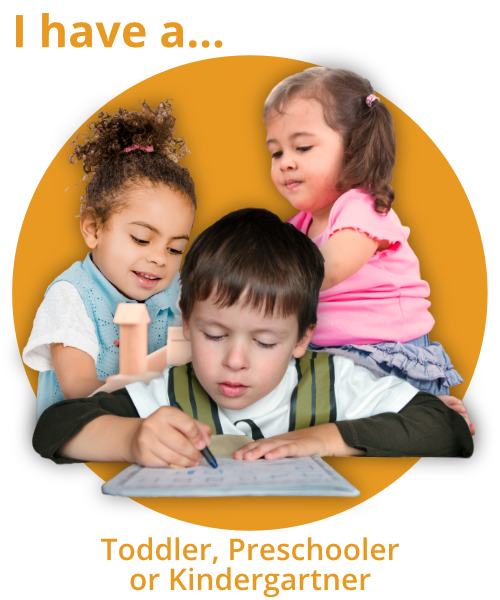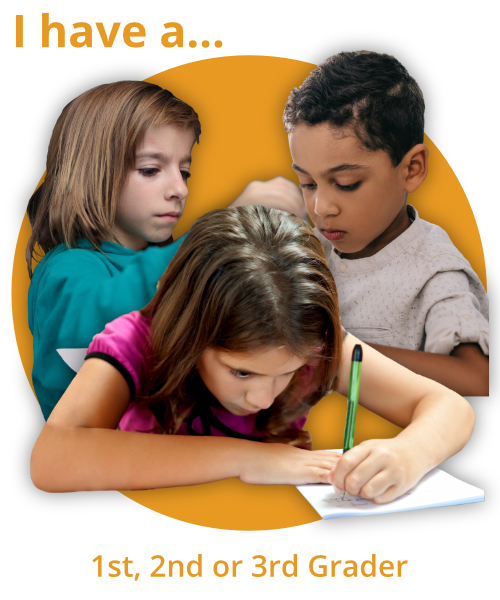A Typical Day When Homeschooling My Little Children
I loved being a Stay-At-Home mom so much I didn’t want it to end! Eventually, I realized that it didn’t have to. I was fully capable of giving my children what they needed outside of a school system.
These days, I teach other parents how to educate their little ones at home with the Montessori method. Every semester I start a new session of Homeschool of the Redwoods I am asked by so many, “What was your rhythm and routine like when you were homeschooling your (preschool-aged) children? Can you tell us about a typical day?”
So in this episode, I do a deep dive and tell you what it was really like.
I kept things simple.
I focused on nature.
I relaxed and went with the flow.
And this, I think more than anything else, is what made the whole experience so beautiful for us as a family.
I want this for you, too!
Flexibility is key
You do not have to “find” the “perfect” schedule and stick with it. Opening yourself up to different possibilities for your rhythm has huge benefits!
You can trade your easy “do nothing” play days for super structured days and still keep yourself in a healthy, happy rhythm. Conversely, you can break your tried and true routine sometimes without consequence.
I kept the ability to be flexible while maintaining some regular pieces: a playdate once or twice a week — perhaps a nature day and a park day or library day. Occasionally museums or nature centers.
It was important to us to get outside every day of the week! That’s when a LOT of learning happened!
We highly valued slow living at this time of life. The children played, and we hung out together, and Montessori happened naturally as a part of the things we did together. The planning was minimal.
The Montessori magic for Homeschoolers
The key to a great day is one that is Following the Child.
All magic of teaching, regardless of what lessons we give, how we present, or what materials we use truly exists within the child him or herself!
In the end, they are teaching themselves. All WE have to do is watch and support that development.
Here’s an example of our rhythm
We co-slept, and woke up together gently and playfully. I often sang to them when they woke up in the morning! This is one of my favorite songs to sing in the morning to my children (Spotify link).
We would prepare breakfast together, and then play--at home, and then usually outside; we’d go on some kind of adventure.
We’d have a picnic lunch wherever we were out and about, and then we’d go home so my youngest could have a nap.
If my youngest went down for a nap, that’s when I’d have my focused one-on-one lesson time with my older child.
After nap, we might do some sort of activity together as we awaited my husband coming home from work. This time of day was always hard for the children, so we’d read stories, and relax, and i’d let go of my expectations.
I did less planning, and more observing and documenting, which I used as a basis for what would happen next...and also as validation for myself: if I felt out of balance, just noting what was happening helped me see that I was doing enough, and that things were going well.
Observe and Document More than you Plan
I know it’s often hard, but don’t let yourself get consumed with planning. Don’t get me wrong. Planning can be an important part of what you do, but it isn’t the most important part.
Certified Montessori classroom teachers might have a list of ideas, based on observations, but they are not planning and preparing an agenda for every child every day.
As a Montessori homeschooler, neither should you! Instead, observe your child and document the activities you both engage in more often.
After doing this for a bit, it will become clearer how much your child is learning and what activity might be introduced next.
...And for this episode, I am grateful for MY HANDS! They are the tools that allow our minds to reveal themselves. Thank you lovely little fingers! Thank you palms. Thank you opposable thumbs. Thank you, nerve endings.


